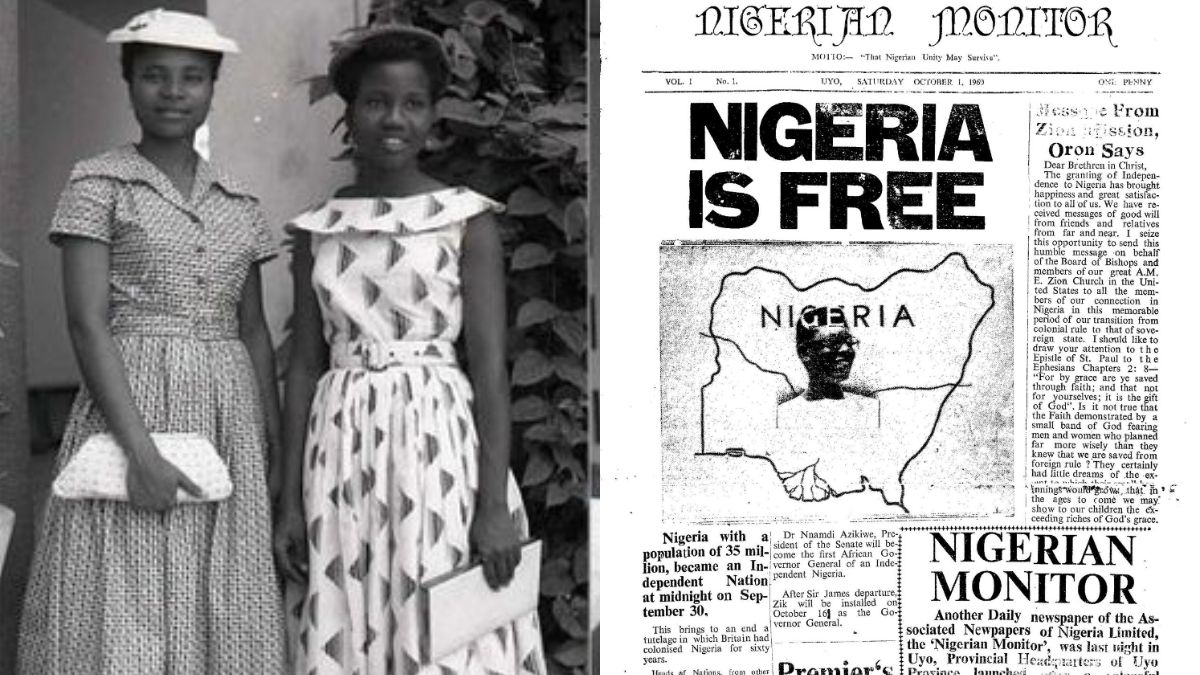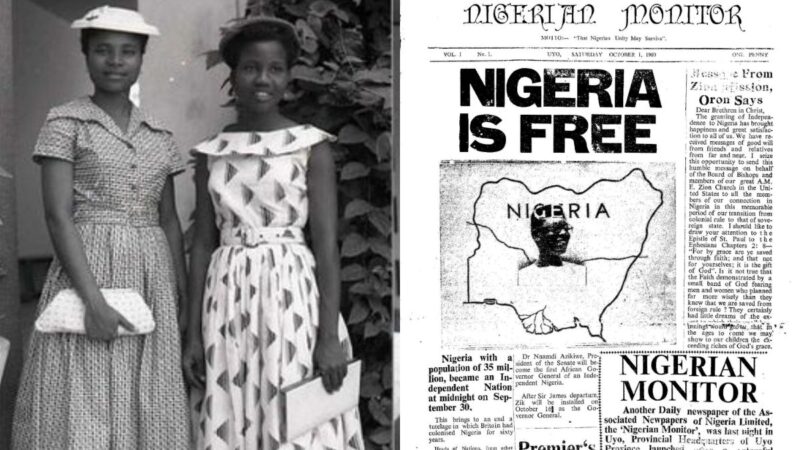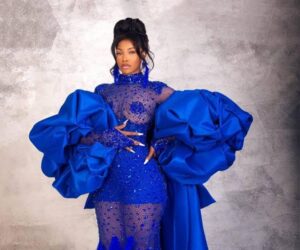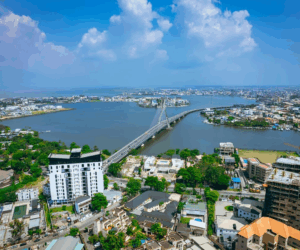
What did life look like before independence? For many young Nigerians today, it’s hard to imagine. The closest some might think of is slavery, but by the 1950s, that era was long gone. Instead, Nigeria was at the tail end of colonial rule and on the verge of independence.
But what was daily life like in those years before 1960? How did people dress? What foods did they eat? What kind of music got them dancing? Pre-independence Nigeria was a whole lot different from today, that’s for sure. But just how different?
That’s what you’re about to find out.
Stick with us as we take a trip back to the 1950s, exploring all there is to know about the food, fashion, and pop culture of pre-independence.
Independence-inspired fashion
1. Mixing western and traditional styles
Fashion in the 1950s was all about balance, and it played out differently across Nigeria’s major ethnic groups.
Among the Yoruba, women wore iro and buba with bold, sky-high geles, while men wore embroidered agbada over buba and sókótó, topped with fila caps.
The Igbo community combined woven Akwete cloth with imported George and Ankara; women tied two wrappers with a blouse while men alternated between traditional attire and Western-style suits, complete with hats.
In the North, Hausa men wore flowing babanriga and embroidered caps, while women were draped in wrappers with matching headscarves.
Alongside these, English suits, bowler hats, lace blouses, and Western dresses became popular in major cities, showing how Nigerians skillfully balanced the traditional with colonial influence.
2. Ankara and aso-ebi
Tailors had a way of blending colonial cuts with Nigerian fabrics. Ankara started gaining serious popularity, and aso-ebi coordinated fabrics (and-co) for weddings and celebrations became a thing. At independence rallies, people showed up in patterned wrappers and traditional outfits.
3. Everyday looks
Style also reflected class. Civil servants moved around in suits and ties, kids wore their school uniforms, and market women tied wrappers with headscarves. In the cities, you’d see more of the Western/Nigerian mix, while rural areas kept things simple. Altogether, the country balanced two worlds while heading into freedom.
Food of the 1950s
1. Local foods
When it came to food, Nigerians stuck to their classics: yams, cassava, beans, and soups cooked with palm oil. Festivals like Eyo Festivals, New Yam Festivals, etc, pulled whole communities together, and palm wine flowed at stalls and gatherings. Egusi, okra, and pepper soup were also part of everyday meals. Markets bubbled with activity as women sold fresh produce, dried and fresh fish, and palm wine.
2. Colonial “prestige foods”
Imported foods also came in. Bread, tea, sardines, corned beef, and evaporated milk became symbols of prestige, especially among the middle class and urban areas. Having these on your table was like a status symbol.
Pop culture & media
1. Highlife fever
While food filled the stomach and fashion dressed the body, pop culture fed the soul of pre-independence Nigeria. If Afrobeats defines our country today, highlife music was the heartbeat of the 1950s.
Artists like Bobby Benson, Rex Lawson, and Victor Olaiya brought West African rhythms mixed with jazz and Caribbean vibes.
Clubs and dance halls became the heartbeat of youth culture, with highlife as the soundtrack of freedom.
2. Radio and newspapers
In the 1950s, Nigeria’s radio service evolved from the Nigerian Broadcasting Service (NBS) to the Nigerian Broadcasting Corporation (NBC) in 1957. That laid the essential foundation for what is known today as the Federal Radio Corporation of Nigeria (FRCN), Radio Nigeria.
Back then, Radio Nigeria was everywhere, and they broadcast speeches, football matches and highlife tunes. The Daily Times newspaper splashed stories of solidarity, optimism, politics, and everyday lifestyle. Together, the media became part of the independence movement, spreading the energy of a new Nigeria.
3. Cinemas and nightlife
Cities like Lagos, Ibadan, and Enugu had crowded cinema scenes. In Lagos alone, spots like Rex Cinema in Ebute Metta or Pen Cinema in Agege pulled huge crowds. Yaba also had popular theatres that screened British films, Indian movies, and even early Nigerian reels.
Outside the cinemas, nightlife thrived too, with live bands, highlife stars, and fully packed dance floors. Nigerians in the 1950s loved to have fun!
Post independence
So, as we look back, the Nigeria of the 1950s was far from a society simply waiting for a flag. It was a nation already in motion. Before our independence became official, Nigerians were actively crafting their identity.
This historical throwback doesn’t just show us where we came from; it helps us understand the resilient energy that has always powered the Nigerian spirit.
Happy 65th, Nigeria!








